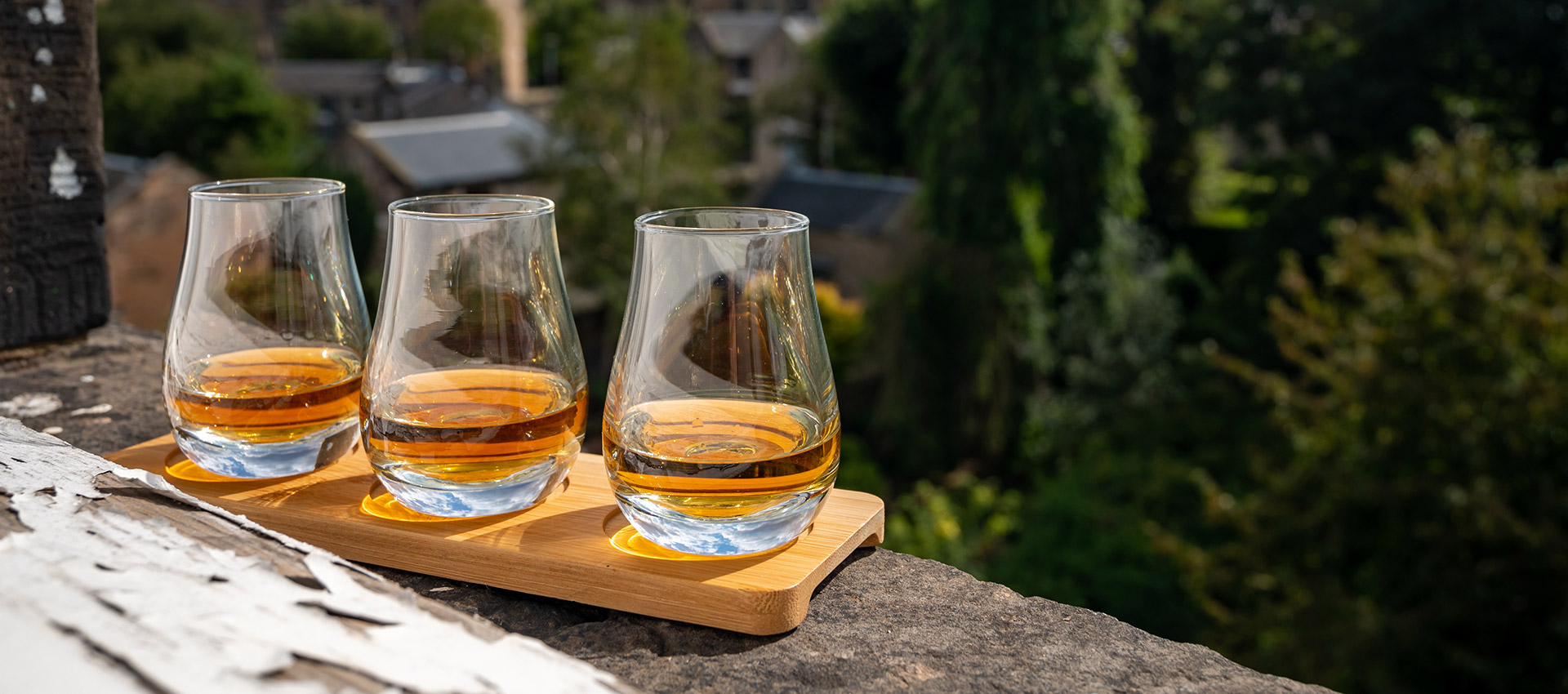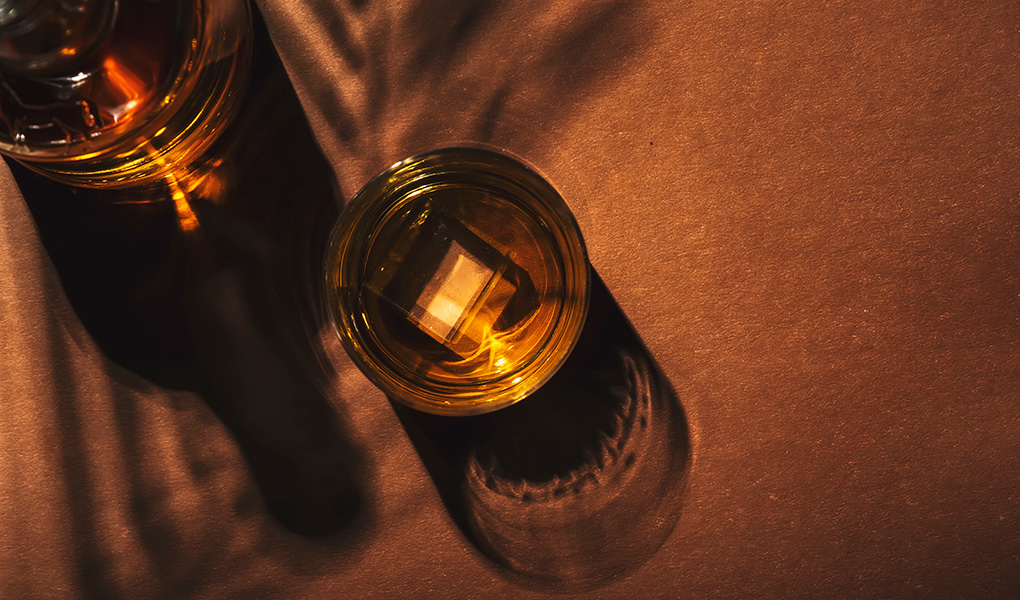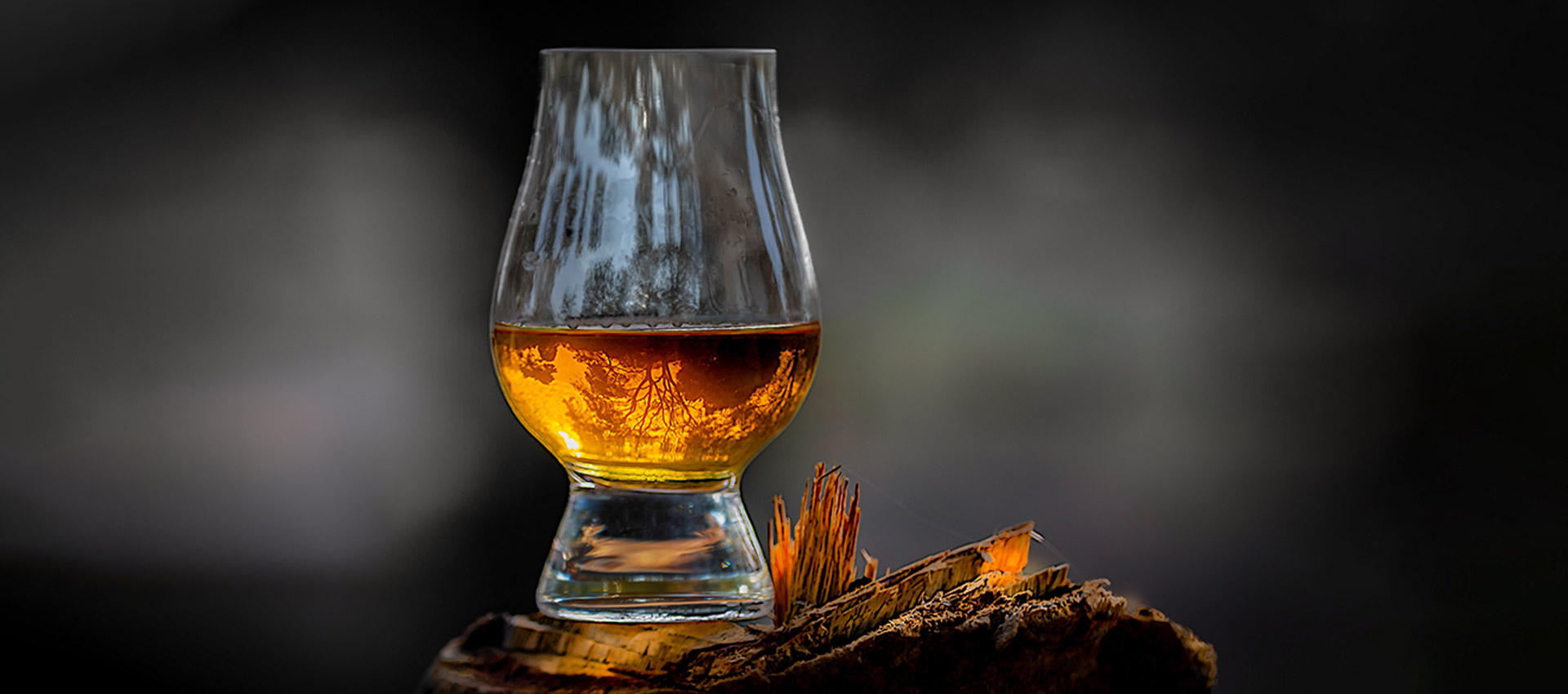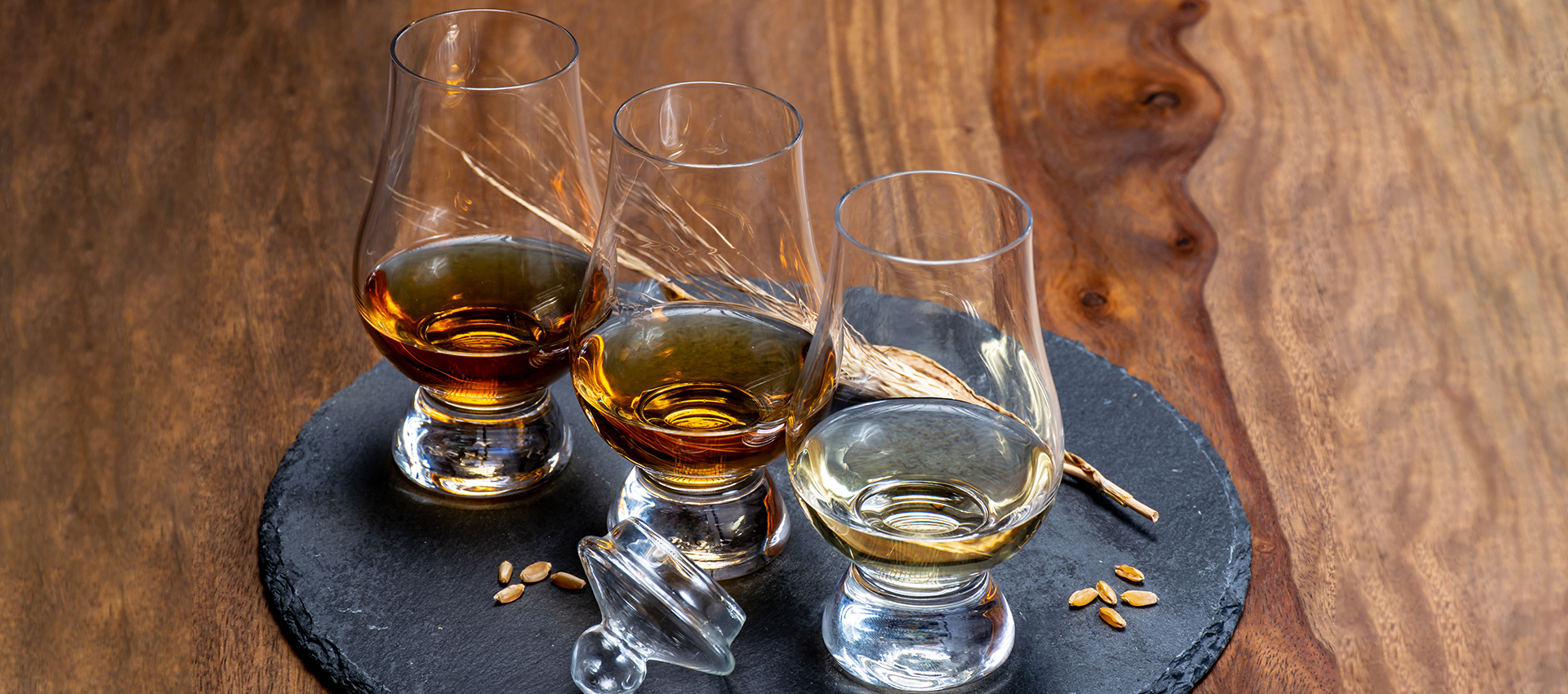A BRIEF HISTORY OF BLENDED WHISKY
In 1831, Aeneas Coffey invented Patent Still (or Coffey Still), which enabled continuous distillation, used in the production of grain whisky, a light and milder spirit than strong-flavoured malt whisky.
Andrew Usher introduced the art of blending** in the early 1860’s, in Edinburgh, Scotland. He combined both malt and grain whiskies, to create a light and flavoursome blended Scotch whisky.
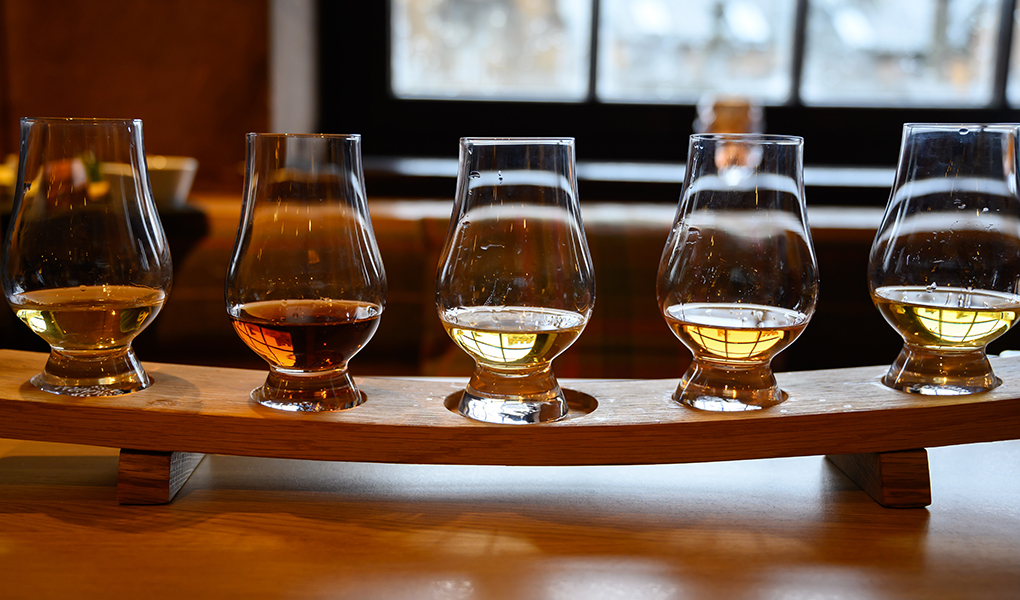
THE IMPORTANCE OF BLENDING
Blending whisky certainly is the distiller’s hallmark. Whisky from each distillery has its own unique character.
Blended whisky derives much of its complex character, from many different flavours of each of the whisky types** used in the blend. It is important that the blend’s flavour and character remain consistent time and again, typical of the whisky style.
THE ROLE OF MASTER BLENDER
The skill of a master blender has very much to do with a good sense of taste and smell, and maintaining the product’s uniformity.
Master blender determines the proportions of different single whiskies matured in different casks and finishes, to produce a blend of definite character that is unique to each distillery. Besides, the blender continues experimenting and creating new flavour combinations.
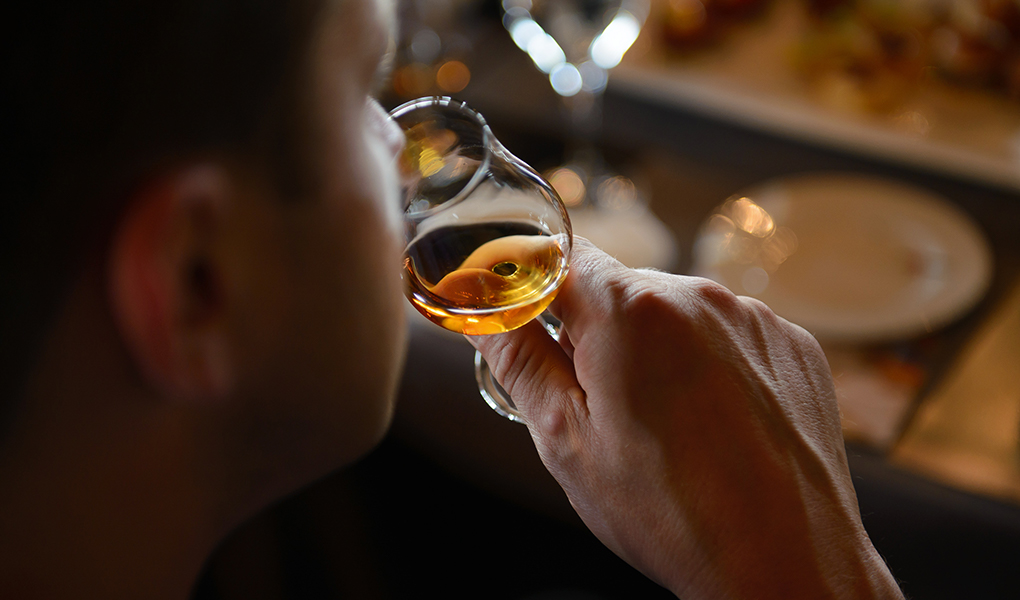
TYPES OF BLENDED WHISKY
Scotch is classified into three types of blended whiskies. Blended Scotch whisky is a blend of one or more single malt and one or more single grain, from multiple distilleries.
Blended malt Scotch whisky combines two or more single malt Scotch whiskies from more than one distillery. And, blended grain Scotch whisky mixes single grain Scotch whiskies, from different distilleries.


